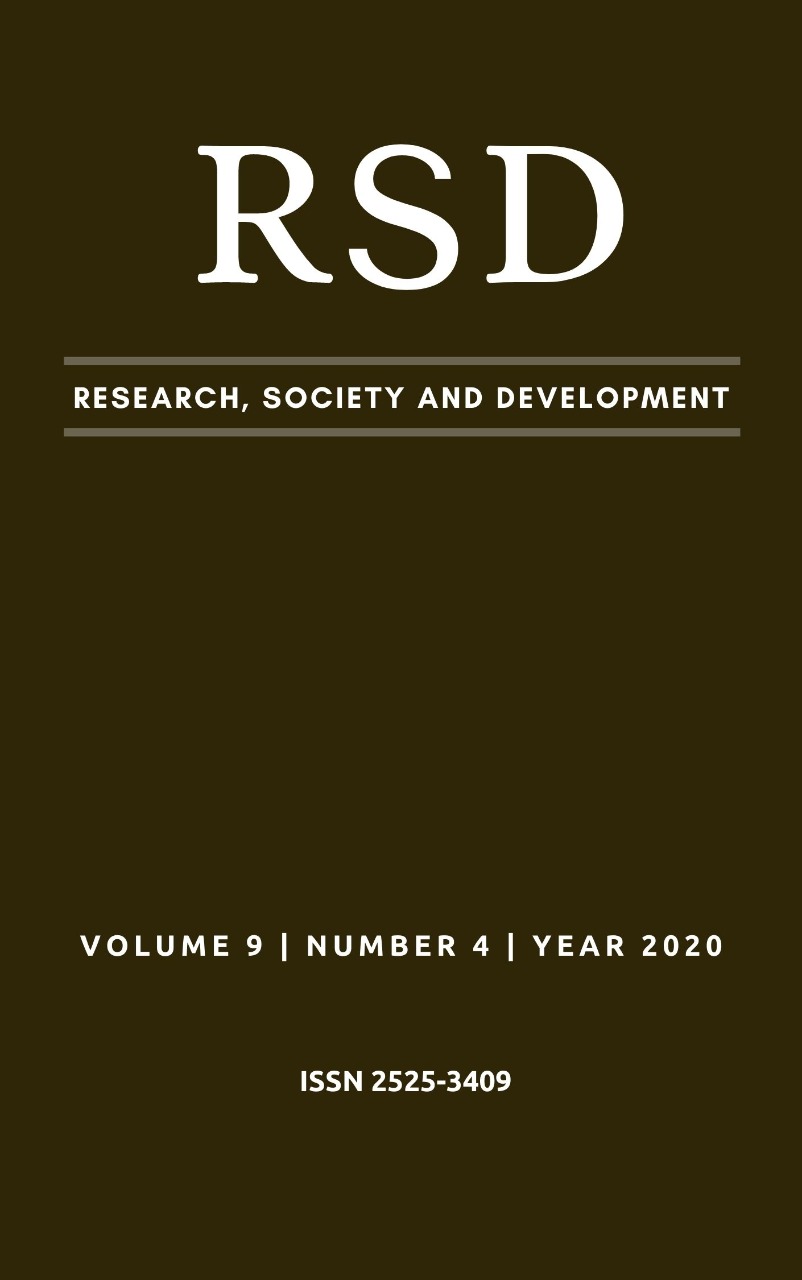The mescling in the use of standard, cult and colloquial standards in opinion articles in the new school magazine
DOI:
https://doi.org/10.33448/rsd-v9i4.2960Keywords:
Standard Norm, Cult Standard, Colloquial norm, Opinion article, New school.Abstract
This article originated from the discussions held in the classes of the discipline of Grammar, Variation and Teaching of PROFLETRAS / UEPB and is justified by the need to expand these discussions in the academic and school environment. Thus, the objective was to analyze the use of standard, cultured and colloquial norms in Opinion Articles in the Nova Escola magazine, in line with communicative intentions from different contexts, making a linguistic analysis in relation to the use of these norms, verifying the lexical choices that justify one or the other use of these norms in the construction of these texts according to the communicative intention of the producers, in order to bring the distinction as well as the discursive intentionality between one and another variety. For this purpose, we used as contributions the contributions of Gagné (2002), Antunes (2003), Bakhtin (2003), Veiga (1998), Bagno (2002), Bazerman (2005), among others, which guide the use of the standards mentioned . A descriptive and interpretive bibliographic analysis was used as methodology, presenting the journal's approach in relation to the use of these variants based on the analysis of three articles that served as the object of study. The results pointed out that the articles produced in the magazine, even though they turned, in general, to teachers, seek to adapt their discursive purpose, to debate issues related to teaching that may include different professionals and not only those of the Portuguese language. Therefore, it is concluded that even with the frequent use of the standard norm, there is a predominance of the cultured and colloquial language ensuring a close relationship between text / reader.
Downloads
References
Antunes, I. (2003). Aula de português: encontro & interação. São Paulo: Parábola Editorial.
BAGNO, M. (2002). Língua materna: letramento, variação e ensino / Marcos Bagno, Gilles Gagné, Michael Stubbs. –São Paulo: Parábola Editorial.
BAKHTIN, M. (2003). Estética da criação verbal. 4. ed. São Paulo: Martins Fontes.
BAZERMAN, C. (2005) Atos da fala, gêneros textuais e sistemas de atividades: como os textos organizam atividades e pessoas. São Paulo: Cortez.
BUENO, S. F. (2007) Semicultura e educação: uma análise crítica da revista Nova Escola. Revista Brasileira de Educação, 12 (35): 300-307.
DOLZ, B; SCHNEUWLY, D. (2004) Gêneros orais e escritos na escola. Trad. E org. ROJO, R. e CORDEIRO, G. L. Campinas: Mercado das Letras.
Gilles, G. (2002). In: Lingua materna: letramento, variação e ensino / Marcos Bagno, Gilles Gagné, Michael Stubbs. – São Paulo: Parábola Editorial.
RAUSC, R. B.; SCHLINDWEIN, L. M. (2001) As ressignificações do pensar/fazer de um grupo de professoras das séries iniciais. Contrapontos, 1 (2): 109-123.
Revista Nova Escola: Ano 32, Nº 302, março 2019.
Downloads
Published
Issue
Section
License
Authors who publish with this journal agree to the following terms:
1) Authors retain copyright and grant the journal right of first publication with the work simultaneously licensed under a Creative Commons Attribution License that allows others to share the work with an acknowledgement of the work's authorship and initial publication in this journal.
2) Authors are able to enter into separate, additional contractual arrangements for the non-exclusive distribution of the journal's published version of the work (e.g., post it to an institutional repository or publish it in a book), with an acknowledgement of its initial publication in this journal.
3) Authors are permitted and encouraged to post their work online (e.g., in institutional repositories or on their website) prior to and during the submission process, as it can lead to productive exchanges, as well as earlier and greater citation of published work.


